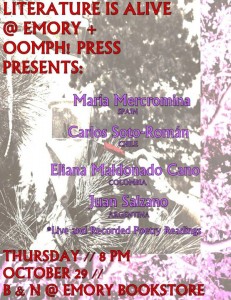In blog post #1 I quote a primary source, SSTLS. This quote relates to my text because it shows the authors portrayal of the stereotype that Koreans are racist and the quote directly quotes Eunice’s father saying a racist remark. In the post it says “Chung Won Park mentions that Eunice’s father thinks Eunice ‘is probably with black man,’ giving black people a negative connotation.” I have integrated my quotation well into my writing but I think I could have introduced it and explained it better. Another way I could introduce the quote is “Eunice’s father himself remarks that Eunice ‘is probably with black man,’ portraying the stereotype that all Koreans are racist.” This way I have a better introduction. I also have a better explanation because of the quotation sandwich format.
In blog post #6 I quote a Jessica Hales “Constructing Connectedness: Gender, Sexuality and Race in Mary Shelley’s Frankenstein,” a secondary source. In my post I state “Hale argues that Robert Walton has a homosocial longing. She backs up this thought with a direct quote from the novel written by Walton, ‘I desire the company of a man who could sympathize with me, whose eyes would reply to mine’. Hale analyzes this line and concludes that Walton uses the language of erotic desire to express a longing for a male companion, rather than the longing for a woman.” I have integrated my quotation well into my writing using the quotation sandwich. I have both introduced it well and explained what it meant. This quote relates to my text because it analyzes one of Hale’s arguments in her paper, Robert Walton’s homosocial longing in Frankenstein. Another way of stating this quote could have been “The essence of Hale’s argument is the homosocial longing of Robert Walton. She backs up this thought with a direct quote from the novel written by Walton, ‘I desire the company of a man who could sympathize with me, whose eyes would reply to mine’. In other words, Hale believes that Walton uses the language of erotic desire to express a longing for a male companion, rather than the longing for a woman.”

